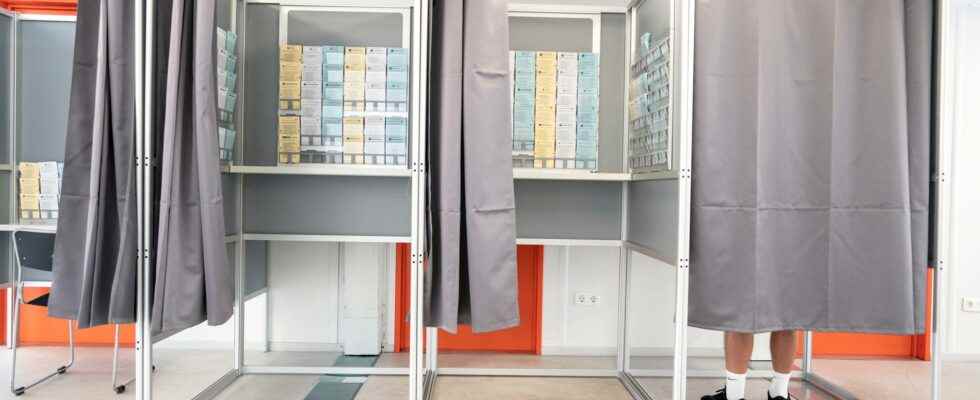Published: Just now
Mobilization on both sides and an uncertain election result in advance. With those spices, the Swedes who choose the sofa once again appear to be few when everything is decided.
But the question is whether there is even a typical couch potato.
The fact that the state of opinion has long been even suggests that participation in this year’s parliamentary elections will be high when the polling stations close on Sunday evening. A high election temperature causes more people to exercise their right to vote.
– If it is considered decided in advance, it lowers the turnout. As it looks now, it seems to be very exciting, which guarantees a higher participation, says Sven Oskarsson, professor of political science at Uppsala University.
Four years ago, 87.2 percent of all voters went and voted, the highest turnout since 1985. With those numbers, from a global perspective – apart from dictatorships and a few micro-states – Sweden is at the absolute top.
So the question is, are there any typical couch potatoes here? It is clear that the percentage who vote differs, both in terms of different parts of the population and where in the country you live.
Lower among the foreign-born
In 2018, Haparanda had the lowest turnout among the country’s municipalities with 72.8 percent, followed by Södertälje, 77.5, and Botkyrka 78.2 percent.
Common to the three municipalities is a group of residents with many born abroad.
– There is lower voter turnout among foreign-born citizens compared to Swedish-born citizens. Even considering other factors such as education, the difference remains, says Maria Solevid, docent in political science at the University of Gothenburg.
– On the other hand, the tendency to vote increases the longer people have stayed in Sweden, she says.
In general, fewer men vote than women. But stronger factors that come into play are the socio-economic – if you are low-educated or have a practical education, low-income earner or have no income at all, and live in a single-person household, you go to a polling station in fewer cases.
– If you combine these criteria, you get a type of person who is less likely to vote, says Sven Oskarsson.
– But even if you do that, participation is around 70 percent. After all, we have a very high voter turnout in Sweden, so it is still more likely that they will vote than that they will abstain, he continues.
SD has resulted in higher participation
Whether any side or party has any advantage from a higher participation is difficult to say.
– Mobilizing the sofa has historically been the Social Democrats’ parade point. But the Sweden Democrats are also good at it these days, having contributed to the increased turnout by mobilizing many non-voters. At the same time, there has been counter-mobilization, (by those who do not want SD to gain influence), says Maria Solevid.
With a voter turnout of around 85 percent, this means that more than one million Swedes entitled to vote do not vote in the election. Whether all are to be counted as reliable couch potatoes is all the more uncertain.
– This does not mean that it is the same 15 percent who do not vote, it is rather around 5 percent, says Sven Oskarsson:
– Few people are permanent couch potatoes.
Facts
Participation in the parliamentary elections
2018: 87.2 percent
2014: 85.8 percent
2010: 84.6 percent
2006: 82.0 percent
2002: 80.1 percent
1998: 81.4 percent
1994: 86.8 percent
1991: 86.7 percent
1988: 86.0 percent
1985: 89.9 percent
1982: 91.4 percent
Source: Statistics Sweden
Read more
